WS2811 vs. WS2812B: How to Choose the Right LED Strip
LED strips are increasingly popular for providing intense illumination in various settings. They can enhance focus and creativity, making them versatile for many tasks. Addressable LED strips take lighting to a new level by offering various lighting effects, such as running chases, flowing fades, meteor trails, and more. With a control system, you can even customize your lighting effects. However, many types of addressable LED strips are available, making it challenging for people to differentiate between them.
The WS2811 and WS2812B LED strips are the most popular among digital programmable LED strip lights. Yet, distinguishing between them can be difficult for many. In this article, we'll compare the WS2811 and WS2812B to help you choose the right LED strip.

Overview of WS2811
WS2811 is specifically designed for LED driver circuits, offering three output channels. It includes an intelligent digital port data latch, a signal-reshaping amplification drive circuit, and a precision internal oscillator. With a programmable constant current output drive for 12V voltage, it also features a delay turn-on function in its three output channels to reduce power supply ripple.
The WS2811 is a basic addressable RGB LED strip, which means each LED's color can be controlled individually using a data signal. This signal can come from various sources, such as the digital pin on an Arduino board or a suitable SPI RGB LED controller.
It's important to note that this data signal is a pulse-width-modulated (PWM) signal. Pulse width modulation, or PWM, is a technique used to control the brightness of LEDs. "ws2811" refers to these LEDs originating from the ws2811 driver IC.
The ws2811 LEDs are designed to be powered by DC 12V, which is a noticeable voltage difference. Even when powered by DC 12V, the WS2811 RGB LED Controller can effectively perform its function.
Among its various applications, WS2811 is commonly used in flexible LED strip lights. These strips find wide use in facade lighting, wall lighting, backlighting, holiday (Christmas, etc.), stage design, staircase, display case, ceiling, and automotive lighting.

Overview of WS2812B
WS2812B is a smart LED light source that combines the control circuit and RGB chip into a 5050 component package. These LEDs have a built-in IC for communication through a single-wire interface. Additionally, they feature a smart digital port data latch and a signal reshaping circuit for drive amplification.
Inside the WS2812B intelligent control LED light source is a package of 5050 parts, including the control circuit and the RGB chip. It has a signal-reshaping amplifier drive circuit and an intelligently-processing digital port data latch. Also built into the device are a precision internal oscillator and a programmable constant current control element. These parts work together to keep the pixel point light's color height identical.
In the data transfer protocol, there is only one NZR communication channel. After the pixel has been turned on and reset, the controller will send the data to the DIN port. The first pixel will get the first 24-bit data and send it to the internal data latch. The internal signal of the amplification circuit shapes the other data, which is then sent through the DO port to the next cascade pixel.
After the signal has been sent, it is cut down to 24 bits for each pixel. Pixels use auto-reshaping transmit technology, which means that the number of pixels in a cascade is not limited by how fast the signal can be sent. LEDs run on a low voltage, which is good for the environment and saves a lot of power. They also have a high level of brightness, a wide angle of scattering, good uniformity, low power use, and a long lifespan. The integrated control chip in LEDs is changing to become a circuit with fewer parts, less space, and an easier way to assemble it.

WS2811 vs. WS2812B: Features
| Feature | WS2811 LED Strip | WS2812B LED Strip |
| IC | External IC | Built-in IC |
| Control Protocol | Up to 256 LEDs per channel | One per package |
| Voltage | DC12V | DC5V |
| Color | RGB | RGB |
| LED Per Meter | 60 leds/m | 60 leds/m |
| Power Consumption | 14w/m | 18w/m |
| Wires | Positive + Negative + Single Data line | Positive + Negative + Single Data line |
| Package Type | SOP-8 | 5050 RGB LED Package |
WS2811 vs. WS2812B: Power
The WS2811 LED chip operates at 12V, while the WS2812B chip operates at 5V. There can be a noticeable voltage drop along the strip when using an LED strip with many LEDs. This means the last few LEDs at the far end of the strip from the control board will receive a lower voltage.
For example, if you have a strip with 30 LEDs and experience a 2V voltage drop near the end, the last few LEDs will receive around 10V if you use a WS2811 chip. This is within the acceptable range for an LED designed for 12V operation. However, if you're using a WS2812B, which operates at 5V, the voltage drop will be 3V instead of the expected 5V. This represents a significant voltage decrease.
WS2811 vs. WS2812B: LEDs Controlled
The WS2811 cannot independently control a single LED; it controls groups of three LEDs. Since it cannot control less than three LEDs at a time, it cannot control any LEDs individually. In contrast, each WS2812B can control only one LED at a time. If you require individual control over single LEDs, the WS2812B is preferable to the WS2811 due to its finer control granularity.
Comparison of LEDs Controlled Between WS2811 and WS2812B:
| WS2811 LED Strip | WS2812B LED Strip | |
| Control Mode | 3 LEDs Group Control | Individual Control |
| IC Quantity [60 LEDs/Meter For Example] | 20 Pcs | 60 Pcs |
WS2811 vs. WS2812B: Power Consumption
The external IC of WS2811 operates at 12V, leading to higher power consumption. In contrast, the built-in IC of WS2812B operates at 5V, resulting in significantly reduced power usage.
WS2811 vs. WS2812B: Color
The WS2812B LED is only available in RGB color, while the WS2811 LED offers more options.
In addition to the addressable RGB chasing color, the WS2811 also provides addressable white (3000K warm white or 6000K daylight white), addressable RGB+W, and addressable RGB+CCT multiple color modes, offering a wider range of light colors to choose from.

WS2811 vs. WS2812B: Application
WS2811 Application

1. Common Uses
WS2811 LEDs are commonly found in buildings or gardens, adding light and decoration. They are a key component in theatrical stage designs and are frequently used in festive lighting. In car lighting, WS2811 can create colorful and bright effects, adding an element of fascination. These LEDs have versatile applications, from illuminating walkways to being integrated into artistic installations.
2. Real-World Applications
Outdoor Building Lighting: WS2811 is often chosen for large outdoor installations, such as commercial building facades. Its 12V operation and long strip lengths allow for easy coverage of large surfaces without worrying about voltage drop. Additionally, its lower granularity is fine when uniform lighting is desired.
Holiday Decorations: WS2811's ability to control LEDs in clusters during festive seasons makes it ideal for holiday light arrangements. For instance, multiple WS2811 lights can be programmed to flash simultaneously, creating a synchronized display. This simplifies the programming process compared to individually controlling each LED.
WS2812B Application

Smart Home Integration: WS2812B provides unmatched granularity for smart home enthusiasts. Each LED can be controlled individually, allowing for intricate light sequences and triggers. These LEDs are compatible with popular smart home devices such as Alexa or Google Assistant.
Small-Scale Art Installations: WS2812 B's ability to control each LED individually is highly advantageous in artistic contexts. Artists can precisely control the color and brightness of each LED, enabling detailed designs and interactive art installations.
WS2811 vs. WS2812B: Pros and Cons
WS2811 Pros and Cons
Pros of WS8211
- Higher Voltage: 12 volts allows WS2811 to handle more LEDs per strip. This makes it ideal for longer LED strips without experiencing voltage drop, which is particularly beneficial for outdoor installations. It simplifies working with a large number of LEDs.
- Suitable for Mass LED Control: WS2811 is well-suited for projects requiring control over many LEDs, especially in longer strips. Its architecture facilitates uniform lighting effects across extensive areas. For applications like façade lighting, where intricate color changes are less critical, WS2811 is a solid choice.
Cons of WS8211
- Limited Granularity: WS2811 can only control three LEDs at a time, limiting the granularity of control. This may pose challenges for projects that require individual LED customization, such as complex animations or signage.
- Higher Power Consumption: Operating at 12V, WS2811 setups can be energy-intensive, especially in larger installations. This increased power consumption can lead to higher operational costs over time, a significant consideration for long-term projects.
WS2812B Pros and Cons
Pros of WS8212B
- Individual LED Control: WS2812B offers precise control, with each LED having an integrated IC for individual control. This feature is ideal for detailed lighting designs, making it popular for art installations and interactive displays.
- The granularity of LED Control: LED control is 1 LED, allowing for precise customization and effects.
- Lower Power Consumption: Operating at 5V, WS2812B is generally more energy-efficient. This feature benefits smaller setups or IoT devices where minimizing energy usage is crucial.
- Compact Design: WS2812B features a more compact design than WS2811, making it suitable for applications with limited space.
- Cost-Effectiveness: Production of WS2812B is easier and cheaper, and each RGB LED takes up much less space on strips than WS2811, leading to cost savings.
Cons of WS8212B
The lower operating voltage of WS2812B, at 5V, is a double-edged sword. While it offers advantages, such as lower power consumption, it also leads to noticeable voltage drops as the number of LEDs increases, making the setup more complex.
WS2811 vs. WS2812B: What's the Difference?
1. IC Placement and Power Consumption
In WS2811, the integrated circuit (IC) is separate from the LED, usually attached to the LED strip. When you use an external placement, you have more design choices, which can complicate the setup. On the other hand, WS2812B simplifies the hardware by embedding the IC directly into the LED, making it a game-changer for those seeking a sleeker, more integrated system. WS2811, with its external IC, operates at 12V, leading to higher power consumption, while WS2812 B's built-in IC operates at a lower 5V, reducing power usage.
2. Control Granularity
WS2811 controls groups of three LEDs, limiting individual control. In contrast, WS2812B can control each LED separately, offering finer control over lighting effects.
3. Voltage and Power Efficiency
WS2811's 12V operation can lead to voltage drops over long strips, but it's less critical than the 5V WS2812B, where voltage drops can significantly affect performance.
4. Color Rendering
The WS2812 B's range is confined to the RGB spectrum, offering bright colors but no options for white or other colors. WS2811, on the other hand, offers more than just RGB. It also has RGBW and even RGBA options for richer lighting possibilities.
5. Speed and Data Transmission
Both LED types operate on a single-signal transmission line. However, WS2812 B's integrated IC enhances data transmission speed and stability, making animations smoother and response times quicker. This feature makes it the best choice for applications that need fast color changes and detailed lighting patterns.
6. Price and Application Suitability
WS2811 is generally more expensive and suitable for longer LED strips due to its 3-LED control group. WS2812B is ideal for applications requiring control over individual LEDs and is more cost-effective.
WS2811 vs. WS2812B: What are the Similarities?
Both LEDs offer RGB colors, allowing for a wide range of hues. They have a similar design with positive, negative, and single data line pins, and both can produce vibrant colors with low heat emission.
WS2811 vs. WS2812B Comparison Table
| Item | WS2811 | WS2812B |
| Voltage drop | Low | High |
| LEDs per Chip | 3 RGB LEDs | 1 RGB LEDs |
| Power Consumption | Lower | Higher |
| Data Rate | 800Kbps | 800Kbps |
| Grayscale Levels | 256 levels (8-bit) | 256 levels (8-bit) |
| Reset time | 250us | 280us |
| Frequency | 800Hz/s | 400Hz/s |
| Internal Structure | External control circuitry | Integrated control circuitry |
| Compatibility | Compatible with various microcontrollers | Compatible with various microcontrollers |
| Break continues | No | No |
| Cost | Cheaper | More expensive |
WS2811 vs. WS2812B: Which One Should I Choose?
Choosing the right LED is crucial and depends on factors like cost, ease of use, and project requirements. Here's what to consider:
- Budget and Cost: The WS2812B, despite its advanced features, is more expensive. If you're on a tighter budget but still need to control many lights, the WS2811 is a more cost-effective option.
- Ease of Use: The WS2812B is easier to set up due to its built-in IC, making it the winner in terms of ease of use. On the other hand, the WS2811 may require a more complex control system, which can be more time-consuming and require more technical expertise.
- Versatility and Project Needs: Your project's specific needs will ultimately determine the best choice. If you require precise control over each LED and want to save energy, the WS2812B is the way to go. However, if individual LED control isn't necessary, the WS2811 might be more suitable.
Ideal Scenarios
- WS2811: Best suited for projects that require long LED strips with less emphasis on individual LED control, such as outdoor lighting or large installations.
- WS2812B: Ideal for detailed work that requires individual LED control, such as intricate designs, wearables, or projects with space and power constraints.
Conclusion
In conclusion, the choice between WS2811 and WS2812B hinges on your specific use cases. WS2811 is ideal for larger installations with simpler control requirements, whereas WS2812B shines in projects that demand intricate, individual LED control. Both options provide vivid colors and versatility, making them superb selections for imaginative lighting solutions. This article has clarified the distinctions between WS2811 and WS2812B for you.
Read More
- DW01A Battery Protection IC Circuit, Datasheet, Alternatives & Working
- DRV8825 vs. A4988: How to Choose the Right Stepper Driver Boards
- 2N3904 vs. 2N2222 Transistor Comparison: Understanding the Differences
- CR2 vs. CR123: How to Choose the Right Battery
- CR1632 Battery Equivalent & Cross Reference Chart
FAQ
-
Can WS2811 and WS2812B LED drivers be used interchangeably?
While WS2811 and WS2812B both control RGB LEDs, they are not directly interchangeable due to differences in their electrical characteristics and communication protocols. However, with proper adjustments to the circuit and code, it is possible to use them in place of each other in some cases.
-
What is equivalent to WS2812B?
SK6812 can be equivalent to WS2812B.
-
Is SK6812 better than WS2812B?
The main difference between the two drivers is that the SK6812 features voltage-independent color and brightness across a broad voltage range. This implies that the LED colors should be less affected by a decrease in the supply voltage compared to the WS2812B.
-
What is the failure rate of WS2812B?
About 1 in 1,000 after 100-hour burn-in.
-
Is WS2812B RGB or RGBW?
The WS2812B is usually only RGB.
-
Is WS2811 individually addressable?
The WS2811 is digitally-addressable.
-
How does WS2811 work?
The WS2811 serves as the driver chip embedded into the strip. Essentially, it functions as a shift register that outputs PWM values. The strips are daisy-chained together, with the data output of one connected to the data input of the next.
-
Why is RGBW better than RGB?
RGBW lighting is an enhancement of RGB lighting, which can only generate red, green, and blue colors.
-
What is the difference between WS2812B and WS2815?
The WS2812B runs on 5V, whereas the WS2815 operates on 12V. This allows the WS2815 to manage longer runs without voltage drop issues. Another distinction lies in their structure: the WS2812B features three LEDs per pixel (RGB), whereas the WS2815 has two LEDs per pixel (GRB).
-
What is WS2811 vs WS2812 vs WS2813?
The WS2812B is the most prevalent form of individually addressable LED strip. The WS2813 is similar to the WS2812B but features a built-in development board. The WS2811, on the other hand, is an older variant of an individually addressable LED strip. While less widespread than the WS2812B, it still finds use in certain projects.

 Prof. David Reynolds
Prof. David Reynolds
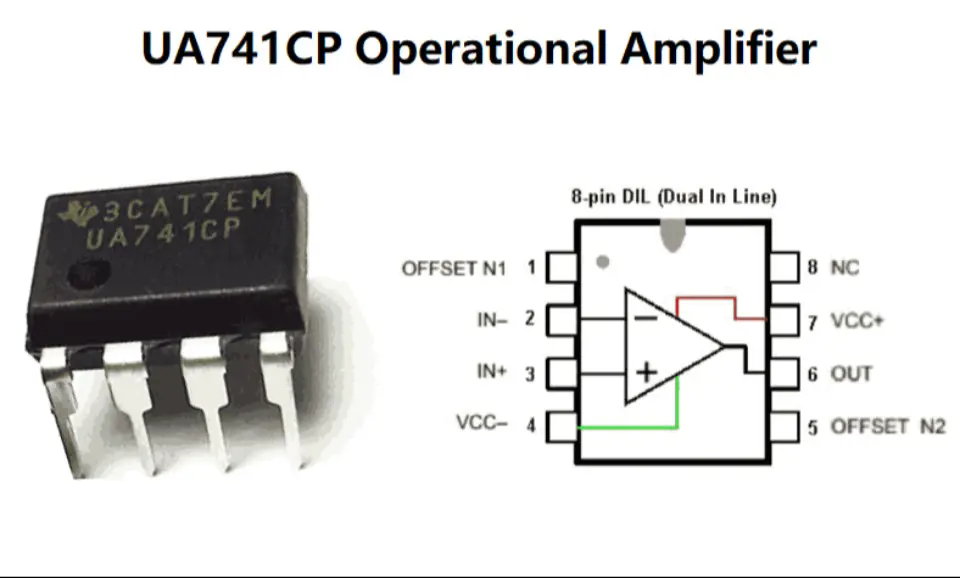
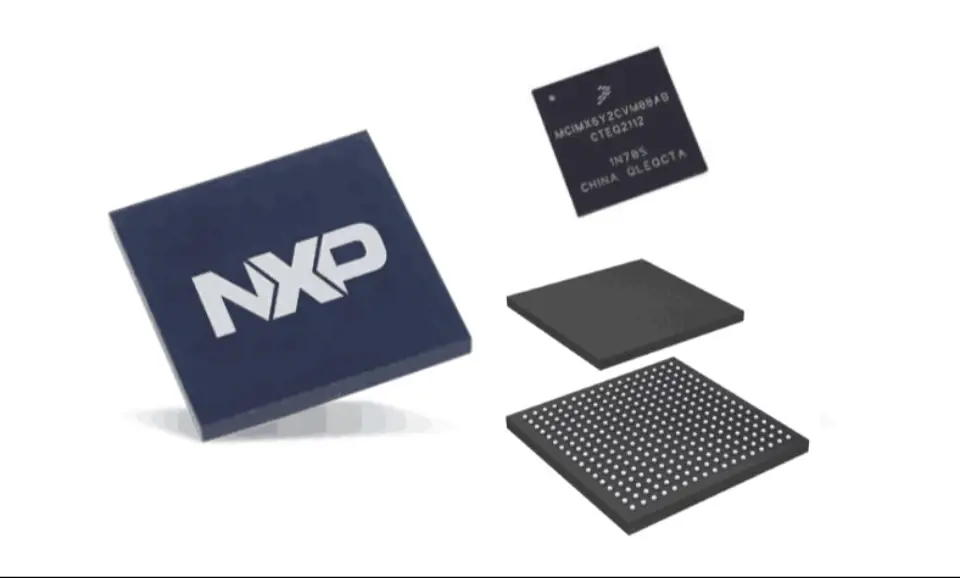
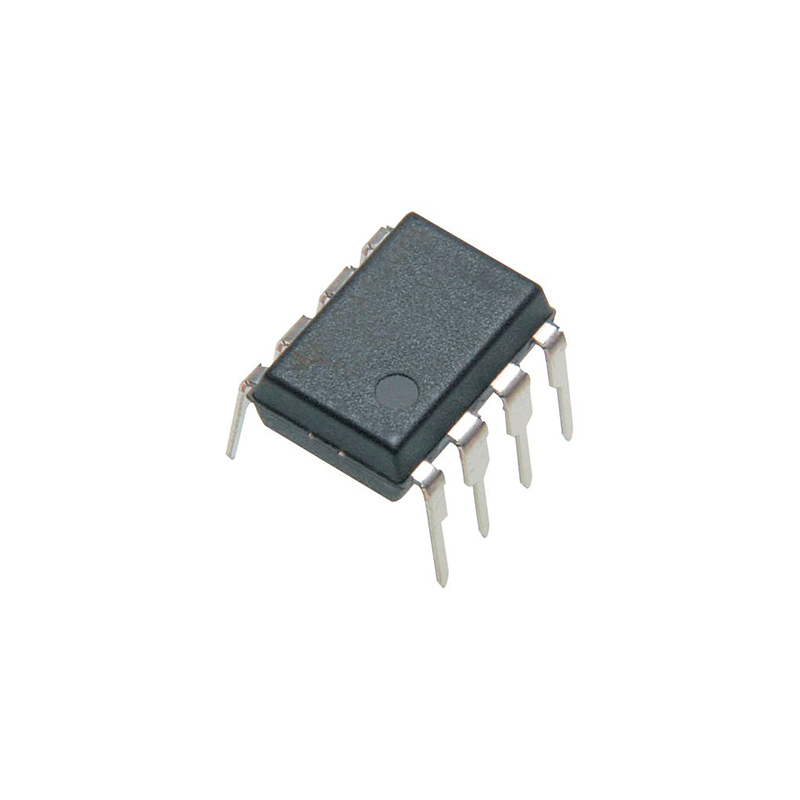
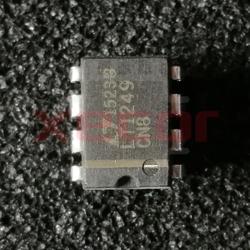
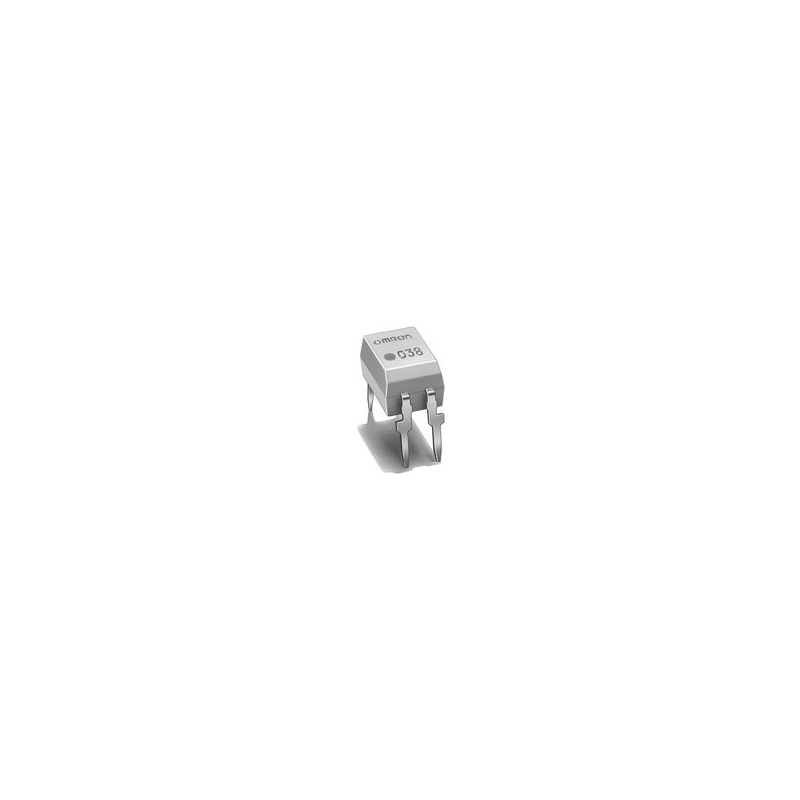
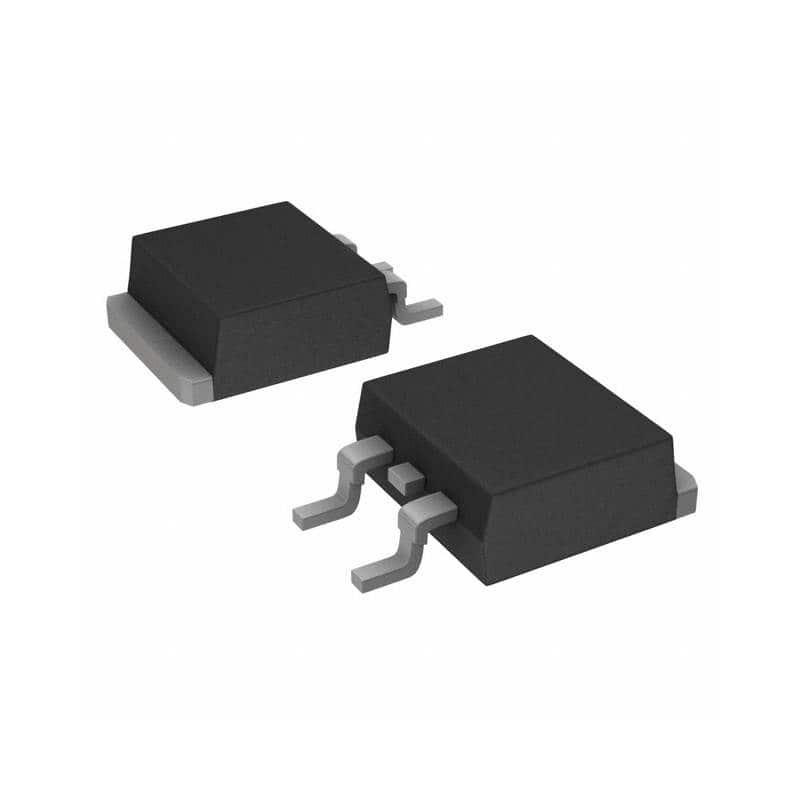
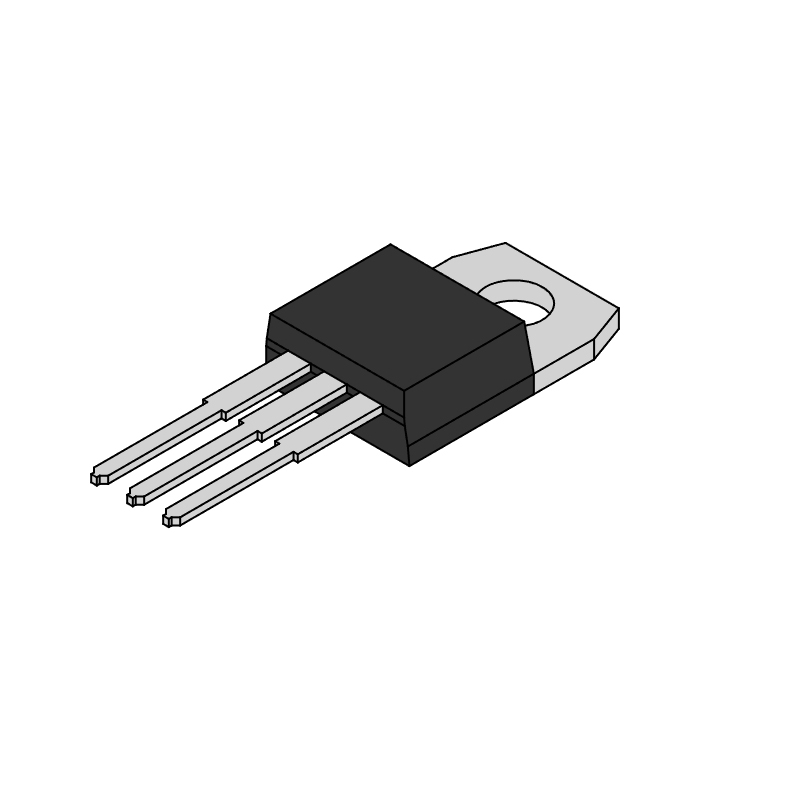
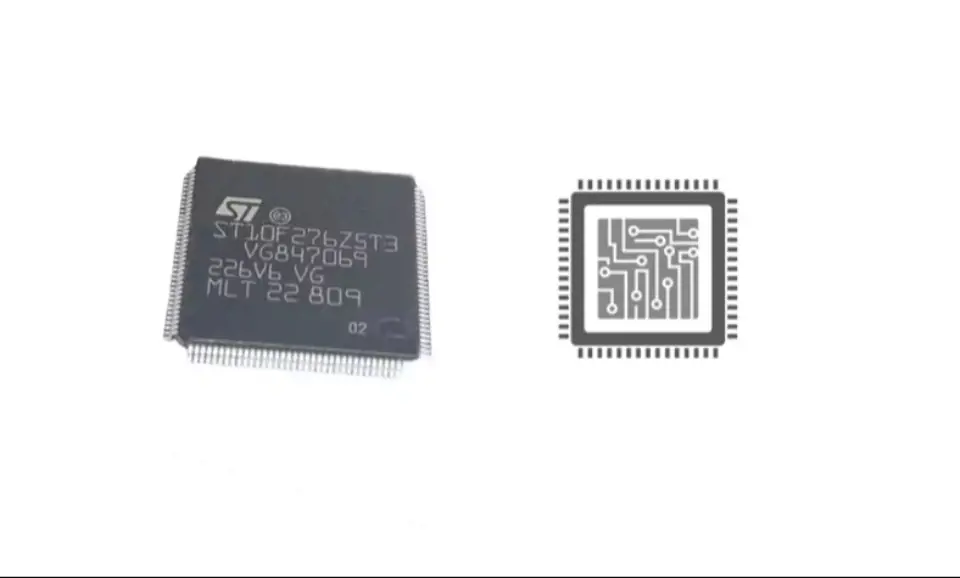
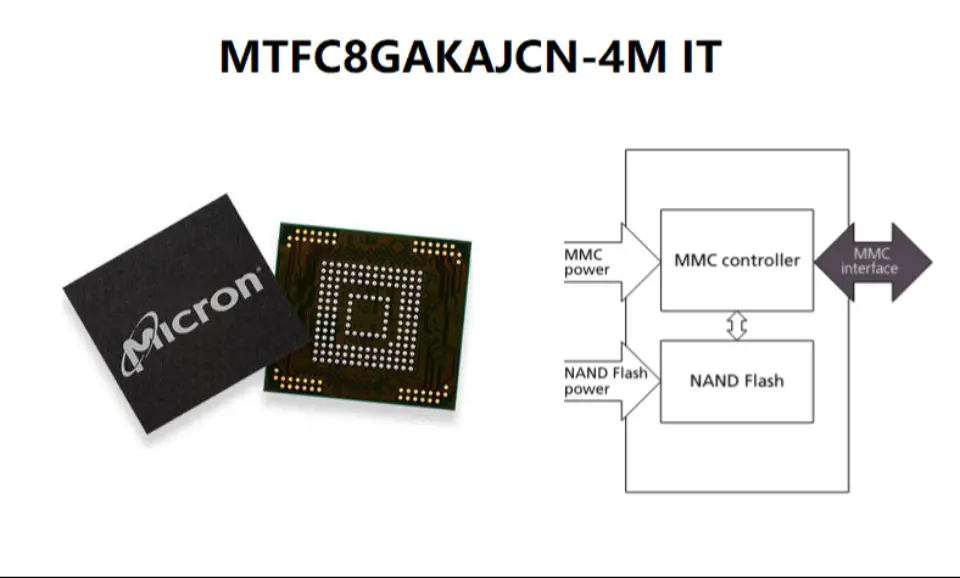
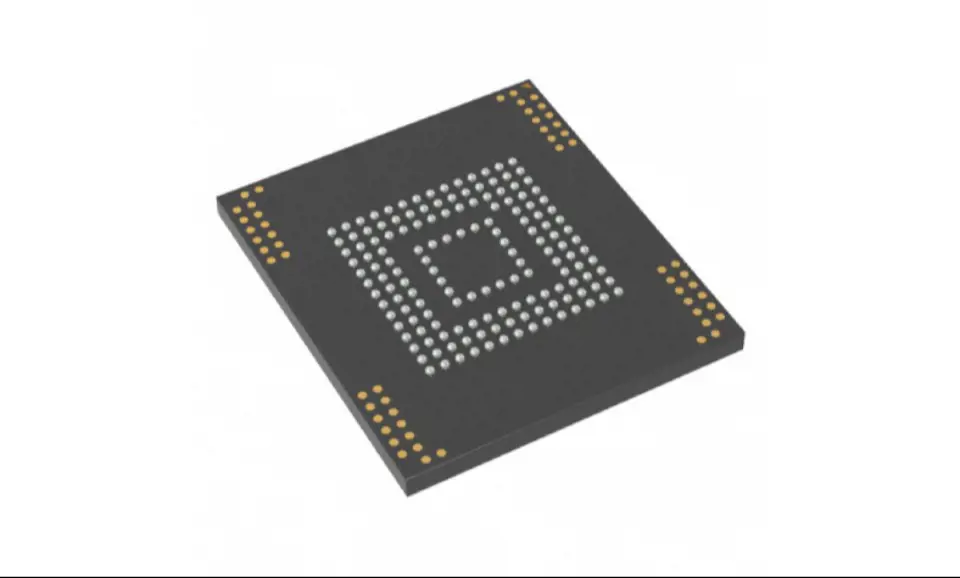
Still, need help? Contact Us: [email protected]